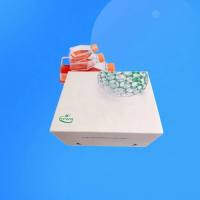Tumor angiogenesis enables a pre-existing tumor to grow and metastasize. The term angiogenesis designates development of new blood vessels from preexisting vasculature. Goldman (1) , in 1907, was the fi rst to describe the formation of new blood vessels, i.e., angiogenesis, around tumors. Growth and survival of normal cells, as well as tumors, are dependent on an adequate blood supply. Folkman (2) suggested in 1971 that tumors, like any other tissue, can only receive oxygen and nutrients by diffusion if the tumors are smaller than 1-2 mm in diameter. Further growth necessitates the formation of new blood vessels. Without a blood supply, tumors cannot grow beyond this critical size, or metastasize. However, at the time of their initial treatment, most patients with cancer have clinically or microscopically detectable metastases (3) . In addition, most deaths from cancer result from metastases resistant to conventional therapy (3) . Understanding these fundamental principles of cancer biology has been the main drive for comprehensive research in that fi eld. Kerbel (4) recently discussed the history of angiogenesis research and the striking increase in interest in tumor angiogenesis and development of anti-angiogenesis drugs in the 1990s. This research resulted in the discovery of a growing number of genes and molecules that regulate the physiology of angiogenesis and metastasis. The balance between positive and negative regulatory molecules released by both tumors and host cells mediates the induction of angiogenesis.






